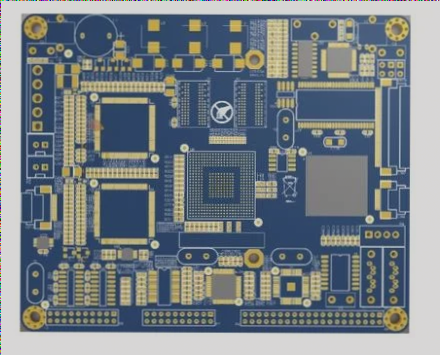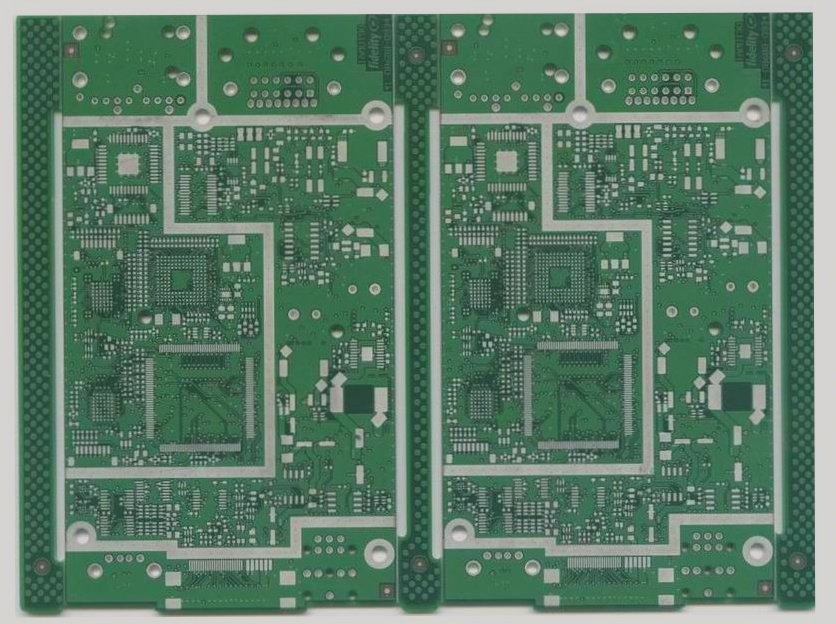Designing PCBs for High-power Applications
This article provides comprehensive guidelines for designing high-power PCBs, emphasizing the importance of precautions, trace width and thickness considerations, strategic PCB layout, component placement techniques, thermal management strategies, and material selection criteria.



